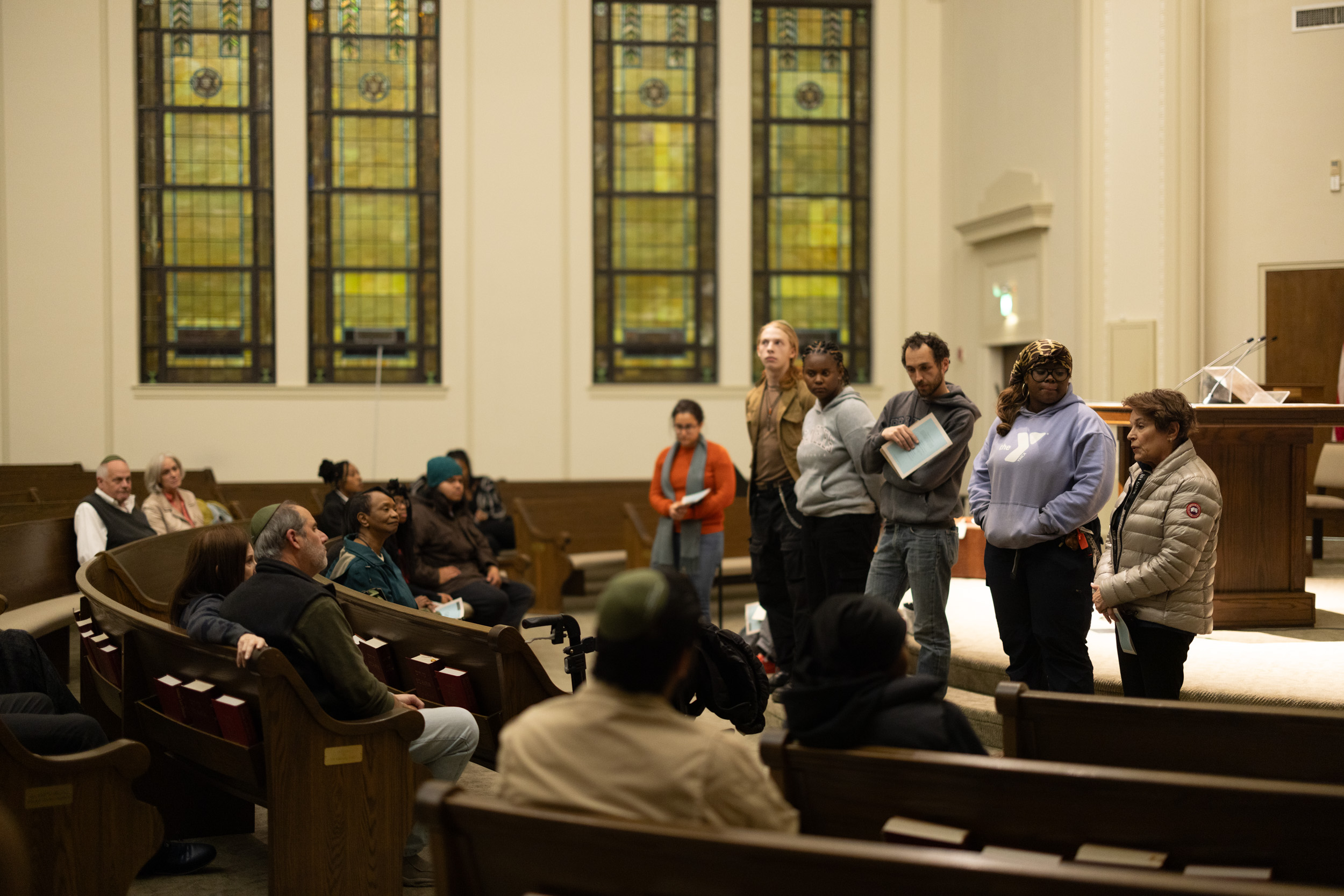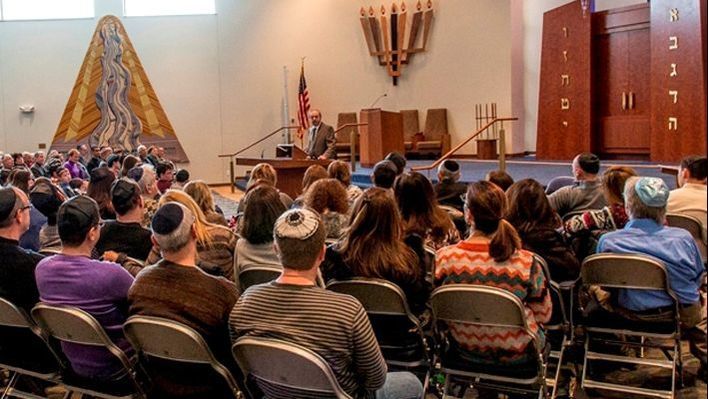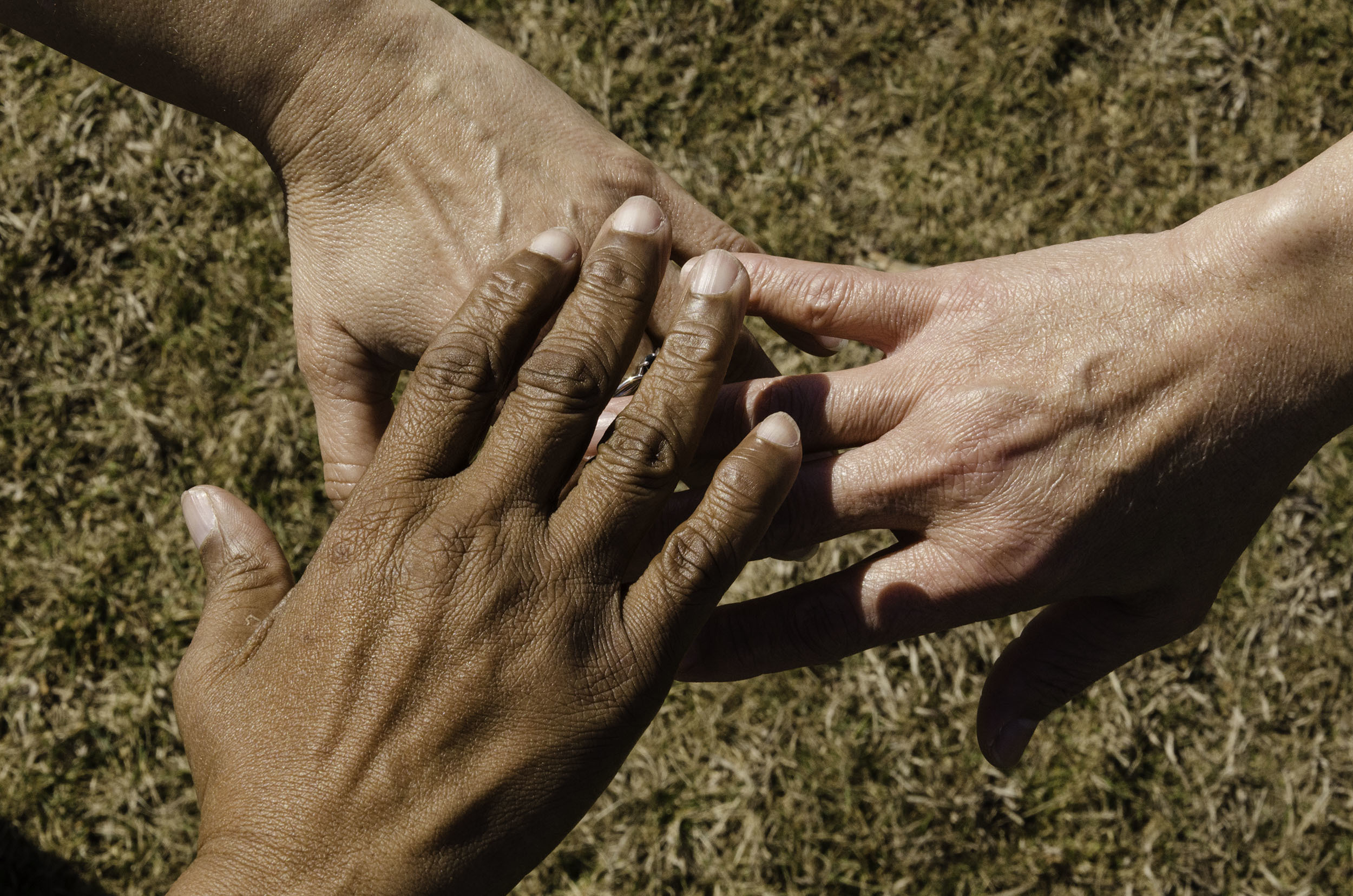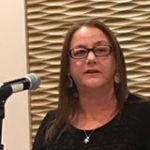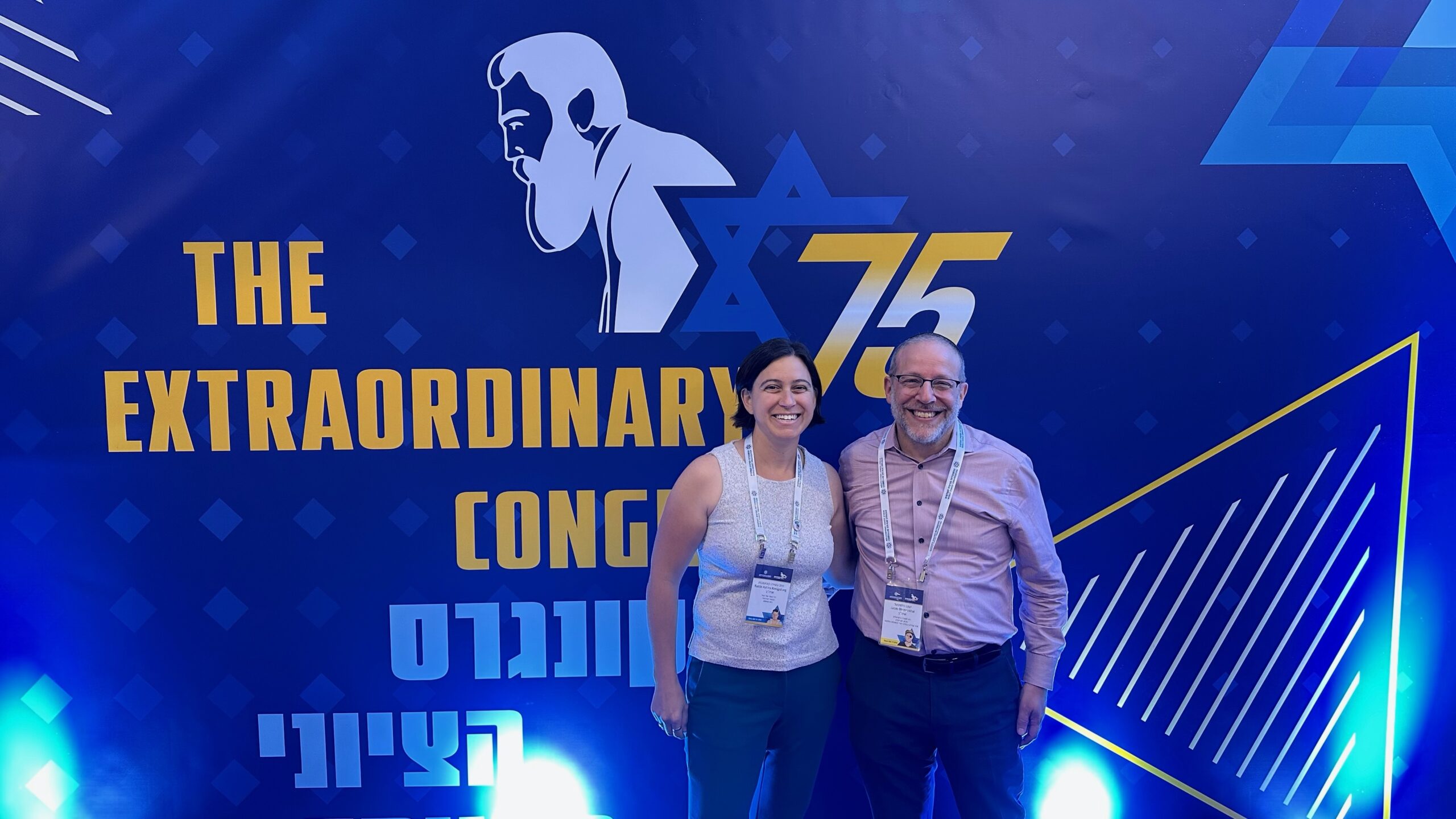
In my strategic planning work with congregations, I am constantly coaching leaders to both take an honest, realistic look at their current situation, and to dream boldly about the future. I find that it is rare for leaders to be able to do both well.
Our planning process begins with extensive data gathering so that planners can all agree on what the facts are on the ground. What are the actual trends in membership, attendance, enrollment, and fundraising over the last several years? How have the demographics in the community changed? How does their congregation compare with others in the surrounding area? These are all important data points to consider, so that leaders know exactly where they are starting from.
Of course, when taking an honest look at these numbers, there is the risk that planning leaders will become overwhelmed and discouraged, perhaps even fearful that there are too many factors working against them, and that no matter how hard they work to overcome the obstacles, they are doomed to failure.
It is at this point that we coach our planning teams through a visioning process, encouraging them to set aside the current reality for a moment and audaciously dream of the future they would like to see. We ask them to describe in great detail what that future looks like. What would people be doing, thinking, talking about? How would the congregation be different than it is now? What are some things that would no longer exist? What are some new things that will have been created?
Only with the realistic view of the present situation in one hand, and the hopeful vision for the future in the other, can the planning team effectively create strategies to move the congregation forward in a meaningful way.
I was thinking about this a couple of weeks ago, when I joined my son and a group of USYers at the March for Our Lives rally in Boston. I listened as survivors of gun violence described the horrific events that they witnessed, and then listened as they talked about using that pain and suffering to take action, to create hope for the future, so that the world can become a better place.
At first, I was taken aback by the atmosphere of celebration at the Boston march. I wondered how these young people could be so joyful when 17 of their fellow teens were gunned down just a few weeks before. Then it hit me. They have finished their data gathering. They know their current situation. They can tell you exactly how many people have died in gun violence in cities across the country. Now it’s time for them to dream about the future they want to see – one without teens being killed in classrooms or on the streets. They have already begun to move from fear and despair to vision and hope.
I was also thinking about this as I sat down to lead my family’s Pesach seder. The haggadah takes us on a journey from slavery to freedom, from the depths of sorrow and despair to the heights of joy and celebration. The compilers of the haggadah understood that if we are going to tell this epic story each year, we need to describe the pain and suffering of our people under Pharaoh and the Egyptian taskmasters, but then the story needs to move on to describe how, with the help of great, visionary leadership from God and Moses, we took action and began the hopeful journey to a new life in a new land. The haggadah ends joyfully with psalms of praise and upbeat songs, and then concludes with the hopeful words, “Next year in Jerusalem.”
While some congregations are better at taking an honest look in the mirror, and others are better at dreaming about the future, being able to do both effectively is an essential leadership skill, one that both the compilers of the haggadah and the Parkland students understood well.

